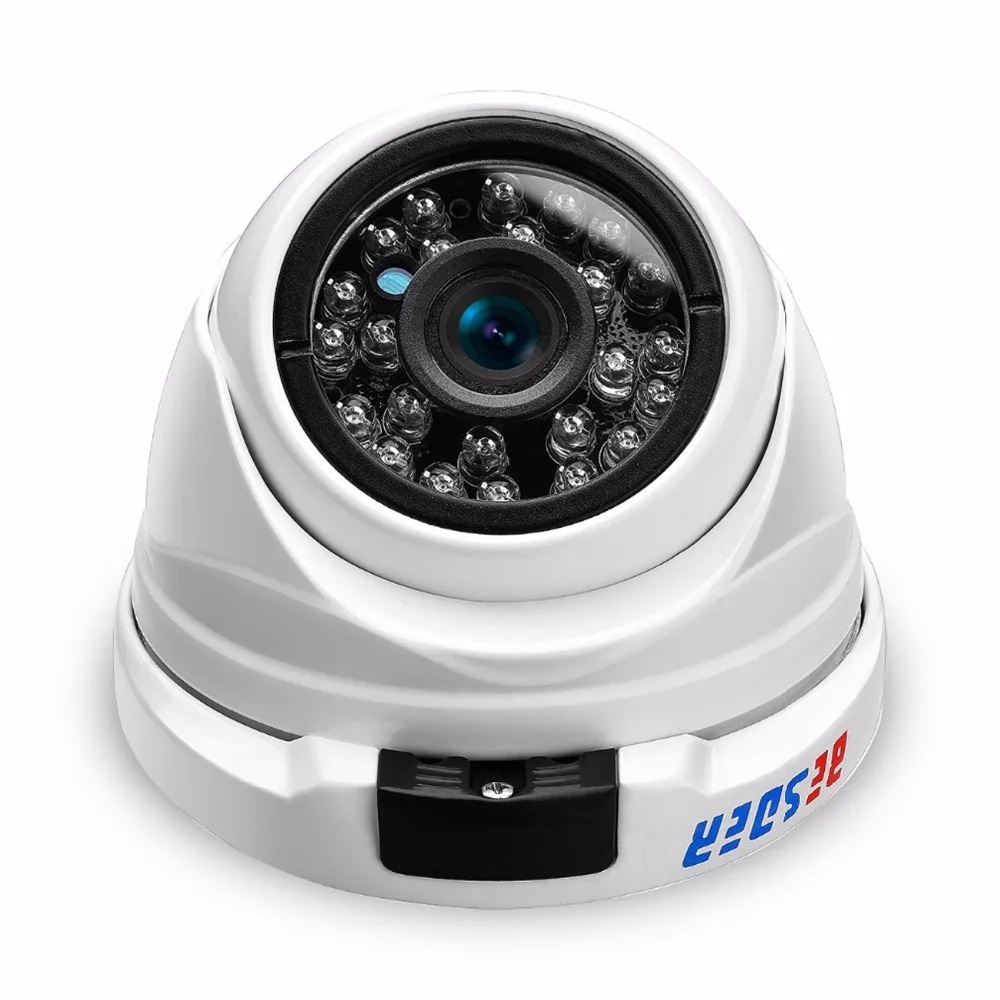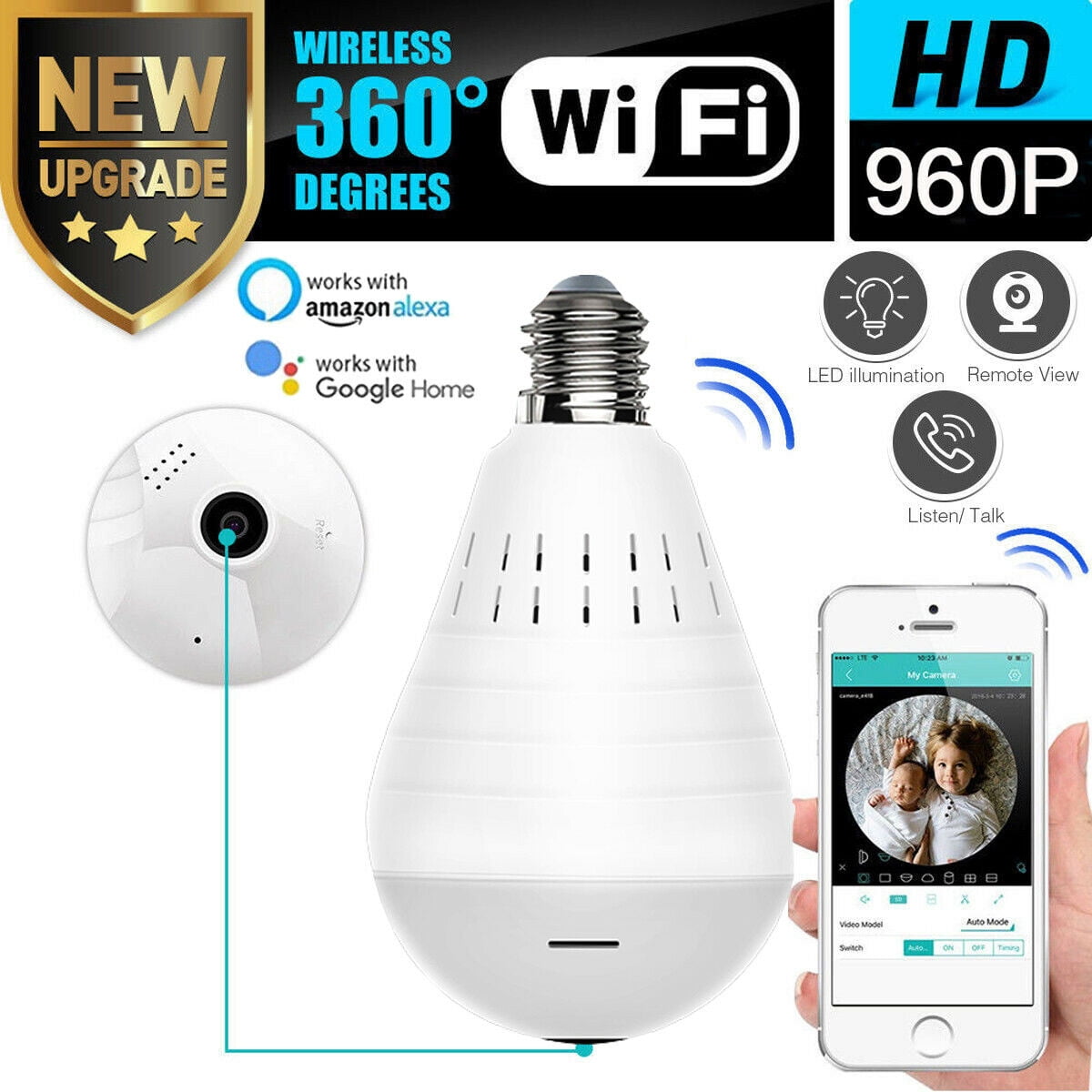
In our example, we forward incoming requests on port 7000 to IP address 192.168.0.101 on port 7000. You should consult your manual or search online for instructions. To set port forwarding, login to your router and navigate to the port forwarding section of the interface. When you setup a port forwarding rule, you create a controlled hole in your firewall. Basically, no outside traffic is allowed into your network. In the above diagram, the red line represents the firewall provided by the router. Port forwarding is what enables you to access your camera remotely over the Internet. Consult with your router’s manual on how to setup IP reservations for your specific model. This is important because your port forwarding rule that you will setup will not work if the IP address of the camera changes. By reserving an IP for your camera, if your router looses power or needs to be re-booted, that same IP will always be assigned. Congratulations, you just accessed your camera on the LAN.Īfter confirming that you can access the IP camera on the LAN (local area network), you should reserve that IP address specifically for your IP camera.


The red line in the middle represents the firewall that separates the local network from Internet.The laptop on the left of the red firewall is at a different location than the IP camera and not connected to the same network. The laptop on the left can be located anywhere in the world as long as it is connected to the Internet.All of the devices on the right of the red line are on the local network where the camera is located.Network Diagram / Wiring Installation Explanation Here is and explanation of how it works using the above network diagram to explain. Please note that although this article focuses on IP cameras, the process and concepts are the same for network video recorders and security camera DVRs. Setting up port forwarding for multiple IP cameras is also covered.

This article explains ports forwarding and dynamic DNS – two concepts to understand if you want to access security cameras remotely. UPnP (universal plug-and-play) is a newer method that is supported by some routers and cameras but is not as reliable in my experience. The most common way to enable remote viewing to IP cameras is by manually setting up port forwarding on the network router that the camera is connected to. Accessing cameras remotely from desktop software (Mac and Windows) and mobile apps (iPhone and Android) is extremely common for home owners and business owners. Most users of IP cameras (network security cameras) want to access their camera remotely to see live video.


 0 kommentar(er)
0 kommentar(er)
